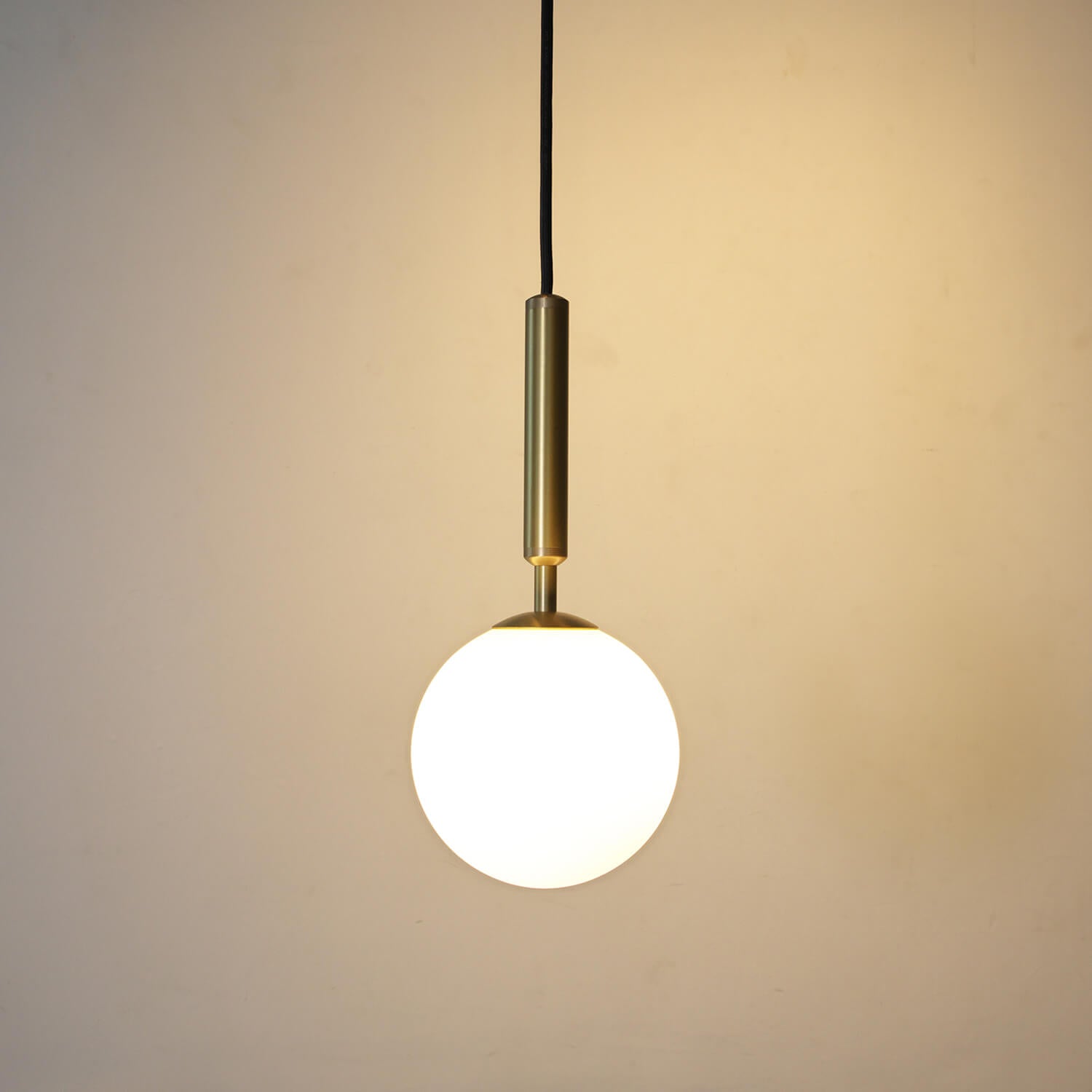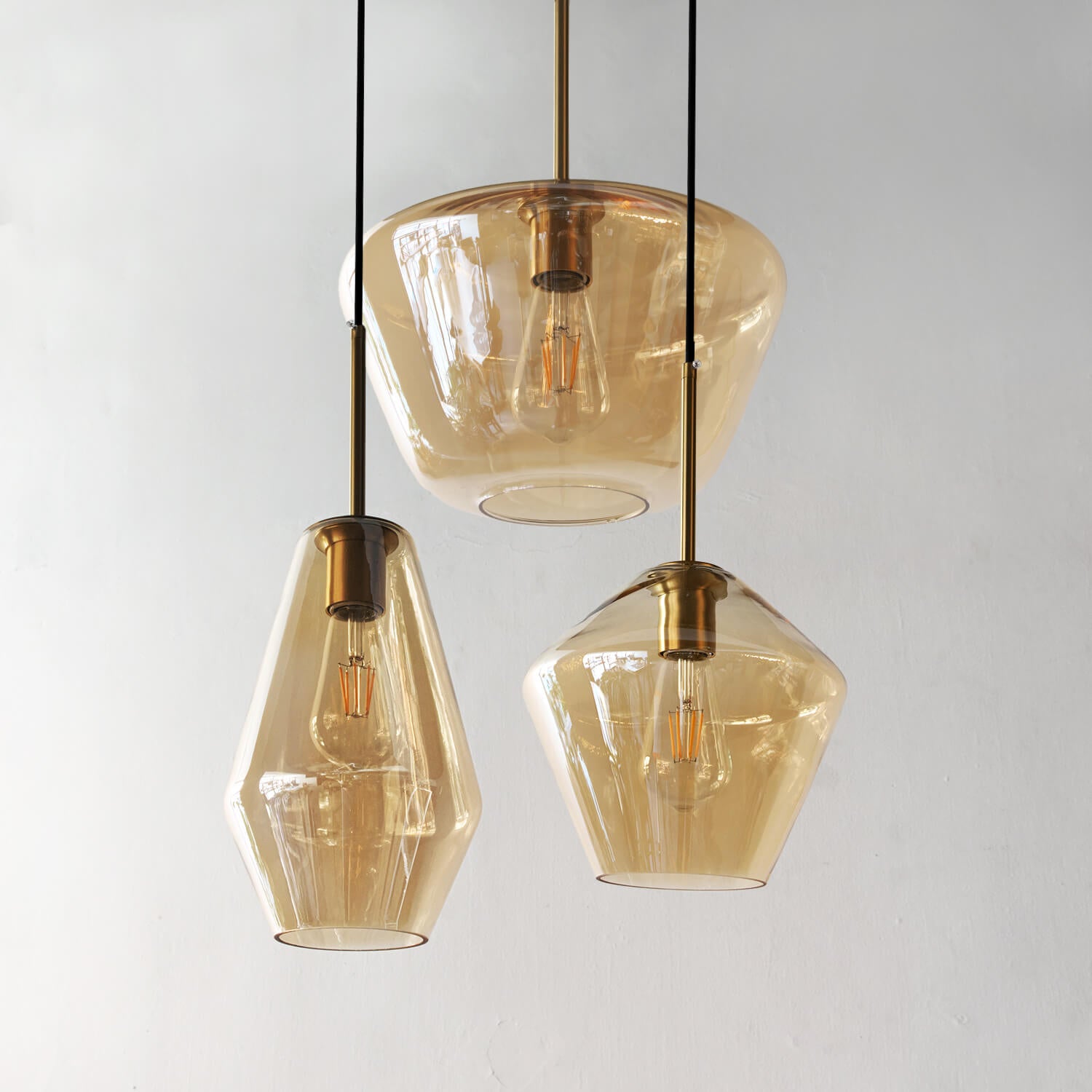Introduction
The use of circles in art and design has been a popular choice for centuries. From ancient cave paintings to contemporary installations, circles have been utilized to convey meaning, evoke emotion, and create aesthetic appeal. One of the most intriguing forms of circle art is the use of circles on walls.
In this article, we will explore the artistic and symbolic implications of circles on walls. We will delve into the history of this art form, the different techniques used to create it, and the various meanings and interpretations that have been attached to it.
History of Circles on Walls
The use of circles on walls can be traced back to prehistoric times. Archaeologists have discovered circular designs on cave walls and rock formations dating back tens of thousands of years. These designs were likely created using natural materials such as mud or charcoal.
Over time, the use of circles on walls evolved and became more complex. In ancient civilizations such as Egypt and Greece, circles were incorporated into intricate murals and frescoes. The circular motifs often had religious or symbolic meanings, representing the cycle of life and death, the sun and moon, or the wheel of fortune.
During the Renaissance, circles on walls became more refined and detailed. Artists such as Michelangelo and Leonardo da Vinci incorporated circular designs into their works, using them as a way to create balance and depth in their compositions.
In modern times, circles on walls have been utilized in a variety of ways. From street art and graffiti to abstract paintings and murals, circles continue to be a popular choice for artists and designers around the world.
Techniques for Creating Circles on Walls
The creation of circles on walls can be achieved using a variety of techniques. One of the most common methods is stenciling, in which a pre-designed stencil is placed on the wall, and paint is applied to the open areas using a roller or brush.
Another popular technique is freehand painting, in which the artist uses paint and a brush to create circles directly on the wall. This method requires a skilled hand and a steady touch but allows for more creativity and spontaneity.
In recent years, technology has also been utilized to create circles on walls. Digital projection allows artists to project circular designs onto a wall and trace the outlines using paint or markers.
Meanings and Interpretations of Circles on Walls
The use of circles on walls can convey a range of meanings and interpretations. One common interpretation is that circles represent unity and wholeness. The circular shape is continuous and unbroken, symbolizing the interconnectedness of all things.
Circles can also represent cycles and rhythms, such as the cycles of seasons, the phases of the moon, or the ebb and flow of tides. The circular shape represents the never-ending cycle of life and death, birth, and rebirth.
In some cultures, circles are seen as a symbol of protection and strength. The circular form creates a boundary, and anything inside that boundary is considered safe and protected.
Finally, circles on walls can simply be seen as a form of artistic expression. The circular shape has a pleasing and harmonious quality, and its use in art and design can create visual interest and enhance the aesthetic appeal of a space.



